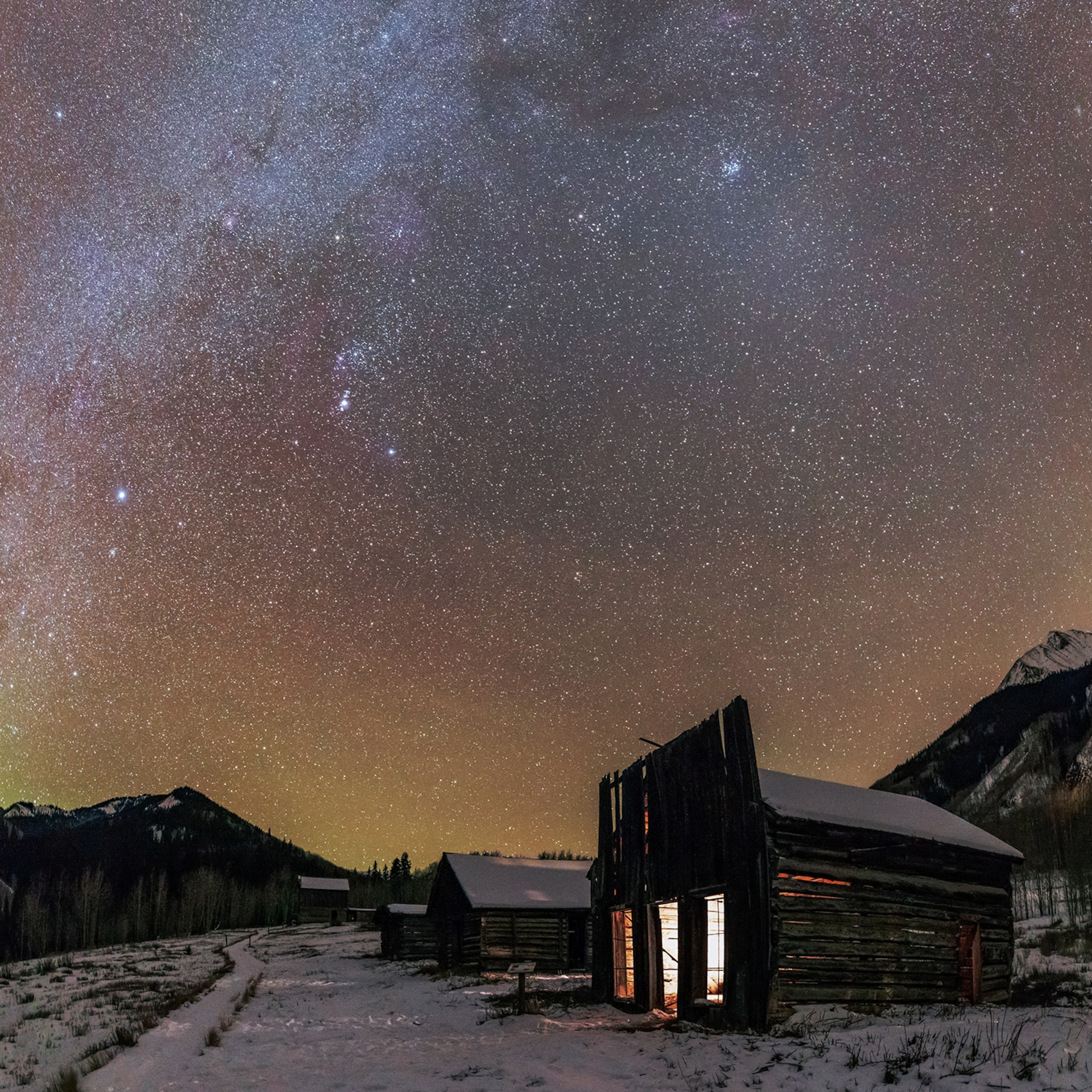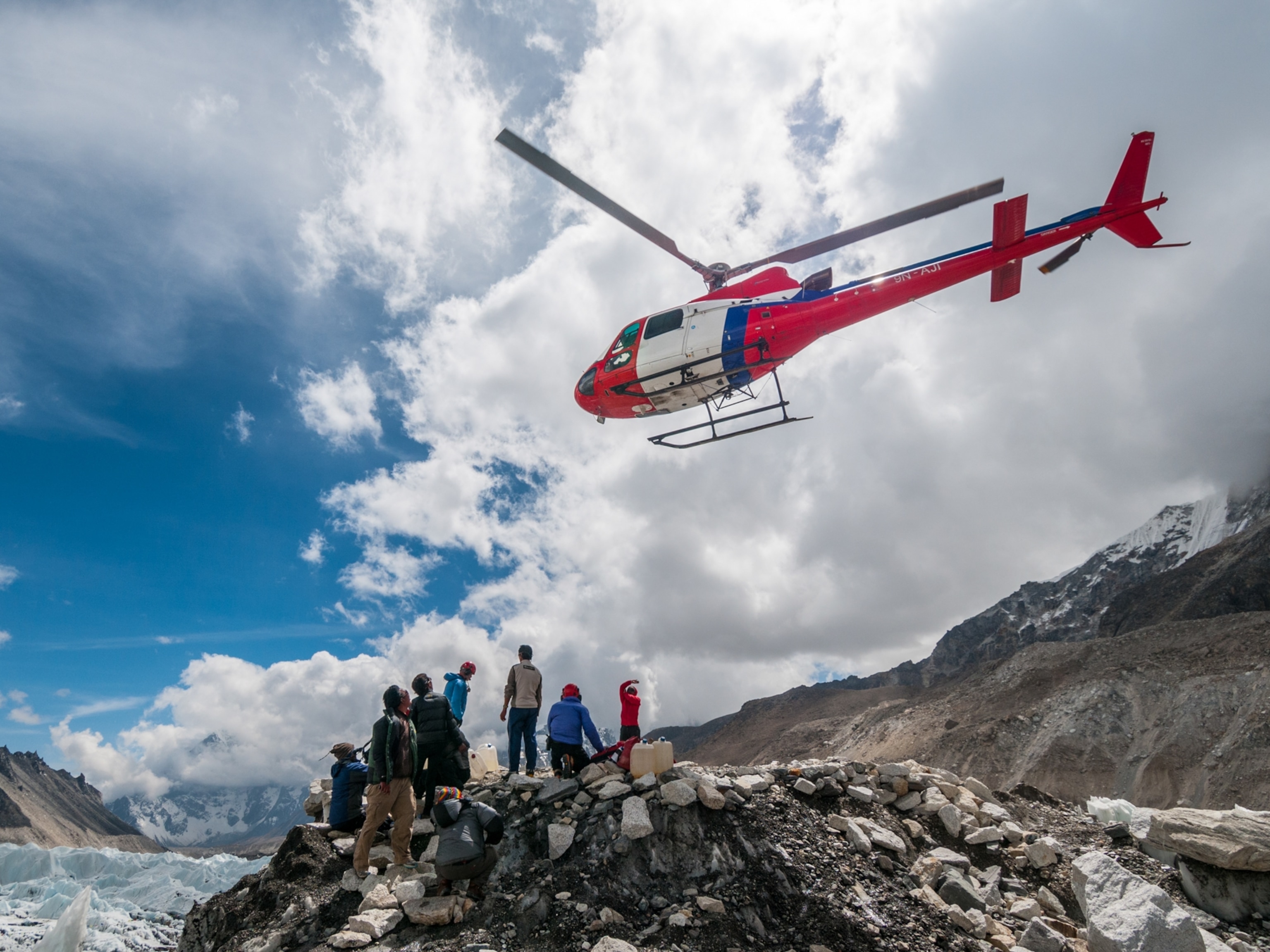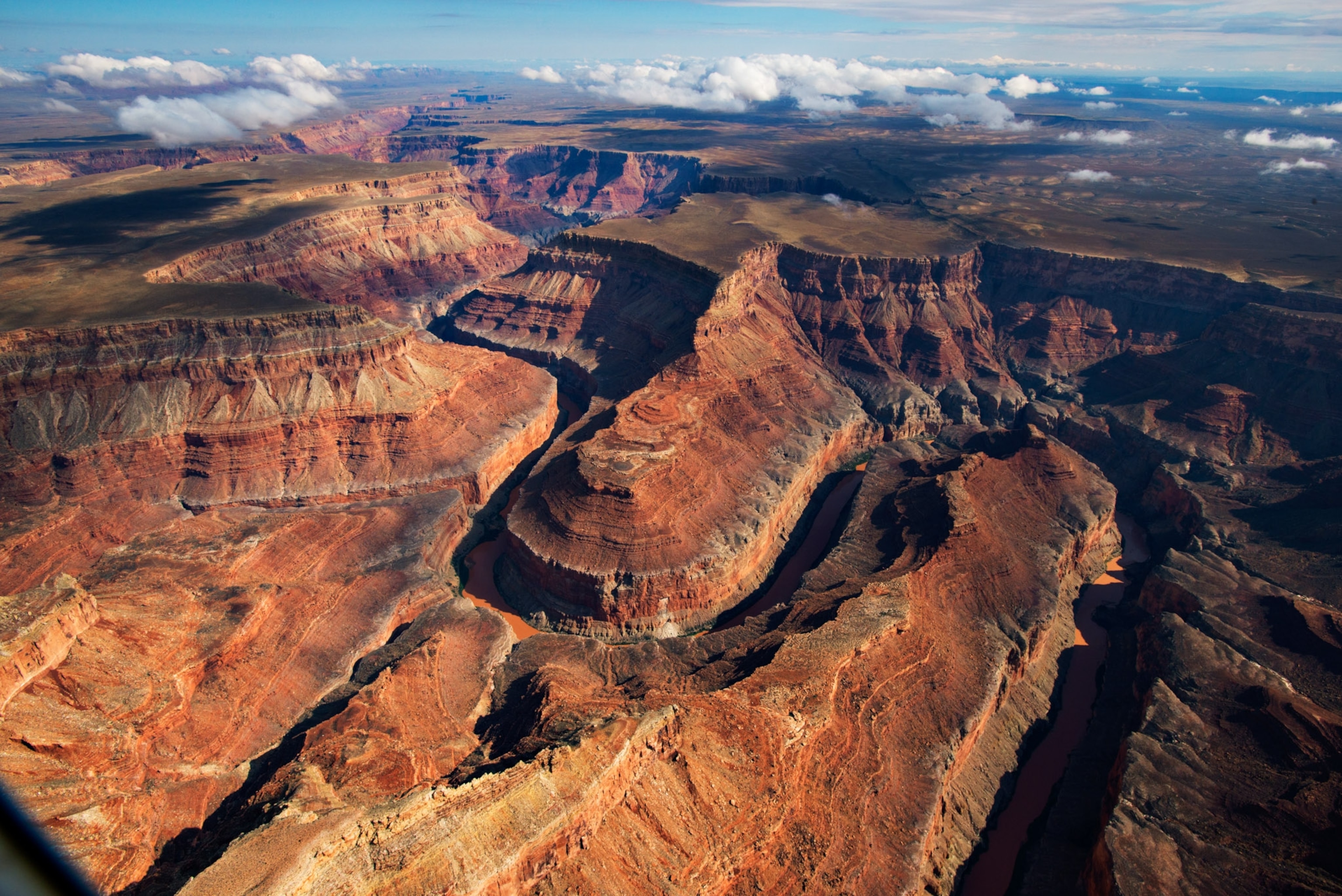
Ready to plan your fall hike? Read this safety advice first.
With dangers ranging from forest fires to avalanches, off-season adventures require advance prep and adventure smarts.
Many hikers view autumn as a mild, benign period beyond the summer scorch and winter freeze. They often underrate the risks of venturing into forests, mountains, and deserts during this shoulder season, and fail to carry adequate supplies and safety gear.
Search and rescue officers warn that threats can include avalanches, lightning, snowstorms, forest fires, wild animals, and even heat. Here’s what to look out for when taking to the wild outdoors this fall.
Weather extremes
Wilderness experts shared their concerns after a new study revealed that most United States national parks are experiencing temperatures at, or beyond, their historic ceilings, along with increased cases of heat-related sickness.
That research by the National Park Service focuses on the Grand Canyon, which has more search and rescue missions than any U.S. national park. It shows that climate change could spike the number of heat stroke incidents at the Grand Canyon, particularly in the shoulder season when visitors don’t expect harsh weather.
“People tend to underestimate the hike they are about to embark upon,” says John Peterson, president of Red Rock Search and Rescue, in Nevada. Those who require rescuing commonly have insufficient water, inadequate physical fitness, a lack of warm clothing, and no phone reception or battery charge. Peterson’s advice is to prepare for a hike 24 hours in advance by hydrating, organizing your gear, carefully planning your path, and informing someone of your route.
(Before you go hiking, read these life-saving tips from first responders.)

Far too many autumn hikers become stuck in the wilderness as night falls and temperatures plummet, says Alison Sheets, president of the Mountain Rescue Association, which has dozens of search teams across the U.S. She recommends beginning any hike early in the day, having a strict “turnaround time,” and packing headlamps and warm clothes.
“Invest in good outdoor clothing and equipment, it can save your life,” Sheets says. “And start slowly when you are in an area you are not familiar with. Look at maps and trip reports of others. Choose objectives well within your ability.”
Autumn adventurers often are unprepared for major shifts in weather based on altitude, says Anna DeBattiste, spokesperson for Colorado Search and Rescue Association. “It can be warm and sunny at the base of a peak, and winter conditions at the summit,” she says. “So in autumn, beef up the extra layers from what you might carry in the summer, even if it is summer weather when you first set out.”
Fires and avalanches
Wildfires can be an even greater threat in fall than summer because of dry conditions, DeBattiste says, while lightning is also a danger, particularly above the tree line. During an electrical storm, hikers should drop any metal objects, dismount motorbikes or bicycles, descend in altitude, and seek shelter in a forest while avoiding the tallest of trees.
Snowstorms and avalanches, meanwhile, aren’t just a winter problem. They also occur in autumn, warns Simon Trautman, director of the USFS National Avalanche Center. These disasters are more likely in higher altitude locations within Colorado, Idaho, Wyoming, and Montana, home to popular national parks like Yellowstone, Rocky Mountain, and Grand Teton.
Avalanche warning signs to look out for include sudden collapses of the snowpack or long cracks in this icy surface, Trautman says. Hikers should also take heed of heavy rainfall or a sudden increase in temperature, which causes snow to become wet and less stable.
(Wildfire season is getting longer—and more intense. Here’s how to prepare.)
To negotiate an avalanche, discard heavy items like skis or boards, and try to grab a tree or ledge to regain your feet, he advises. Your survival chances can be boosted by wearing an avalanche airbag, which inflates after pulling a cord and helps you rise above the snow.
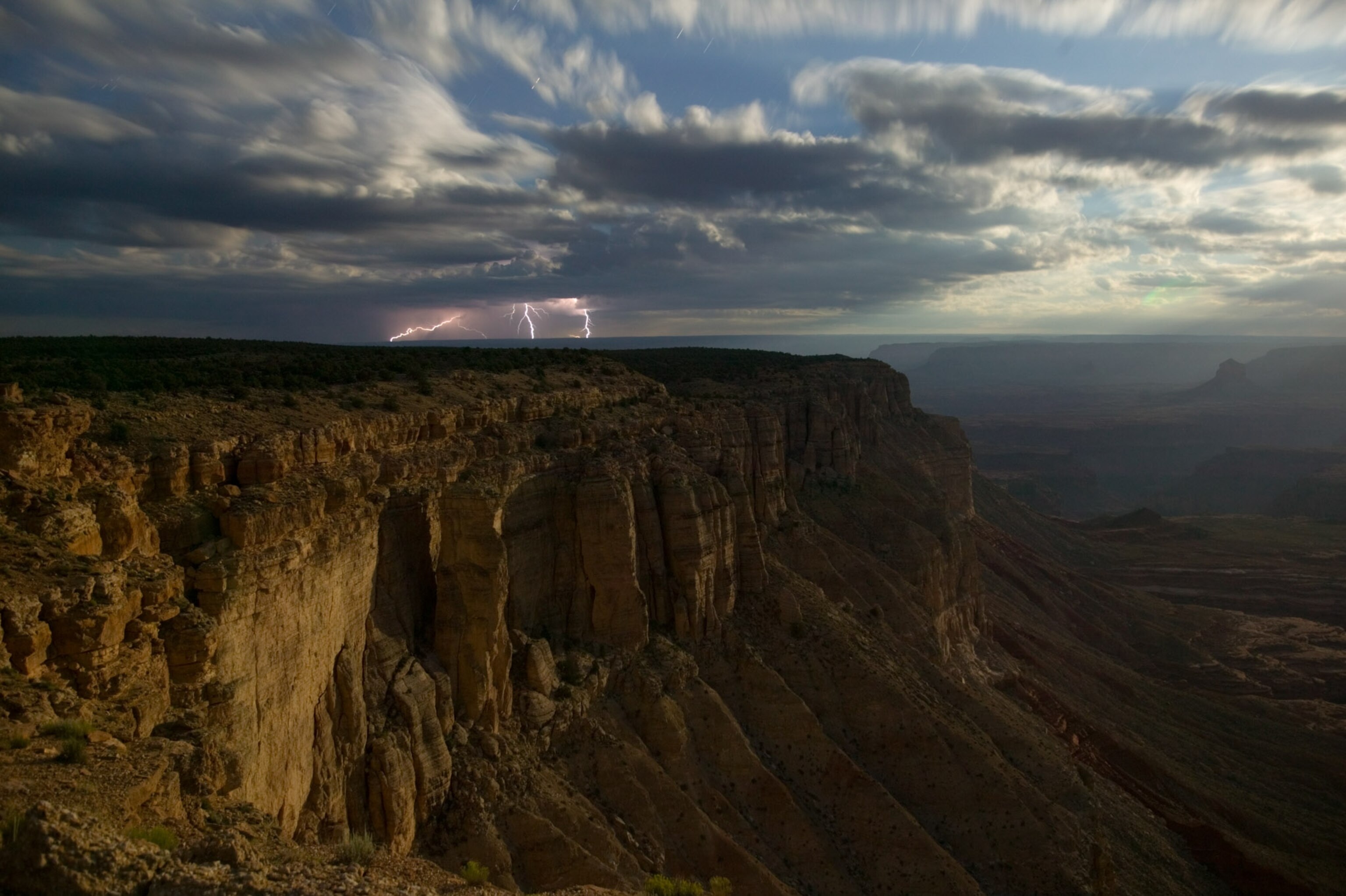
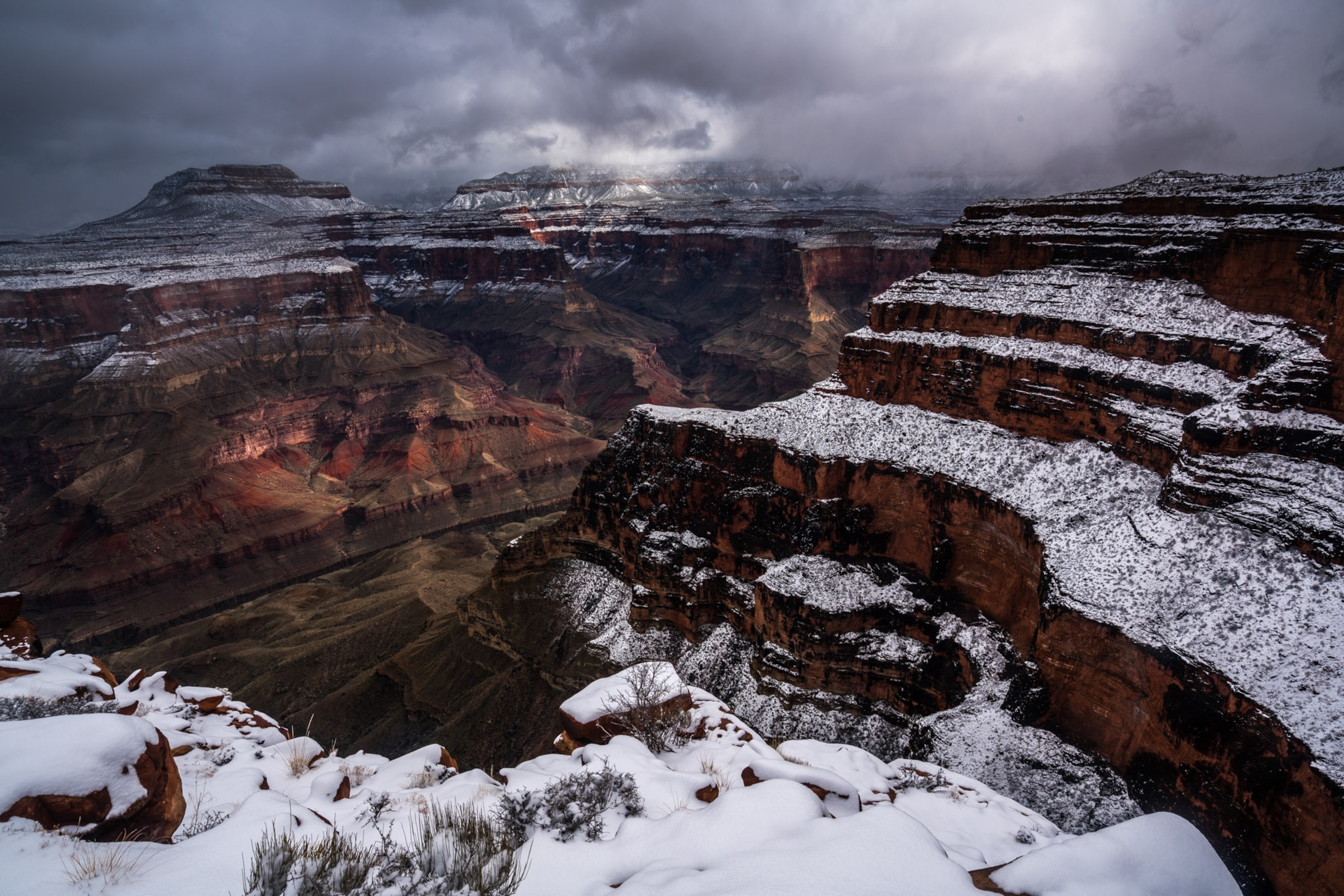
Further north in Alaska, autumn weather can change so quickly that people should consult local authorities before venturing into wilderness, says Jackie Ebert, president of the Alaska Search and Rescue Association. Shorter days, and colder, icier conditions delay rescue efforts at this time of year, she warns.
Snakes and bears
Beyond weather, wild creatures to keep an eye out for include snakes, which remain active during this season, says Jeff Carver, an Arizona animal control expert who features in the National Geographic show Animal Extractors. In the U.S. Southwest, rattlesnakes are the chief threat to hikers.
“Don’t place your hands or feet where you can’t see, such as rocky ledges, or over fallen trees and debris,” Carver says. “Most importantly, never ever wear earbuds or headphones when hiking. This is because you will not hear the warning rattle that the snake is trying to give you telling you he is there.”

(Here are 13 real-life stories of journeys gone wrong.)
Bears also remain a threat during the fall in many patches of U.S. wilderness since it is hunting season, says Liz King, executive director of Teton County Search and Rescue in Wyoming. “Bears are often drawn to, and protective of, carcasses and gut piles,” King says. “You may be unknowingly near one of these sites.”
